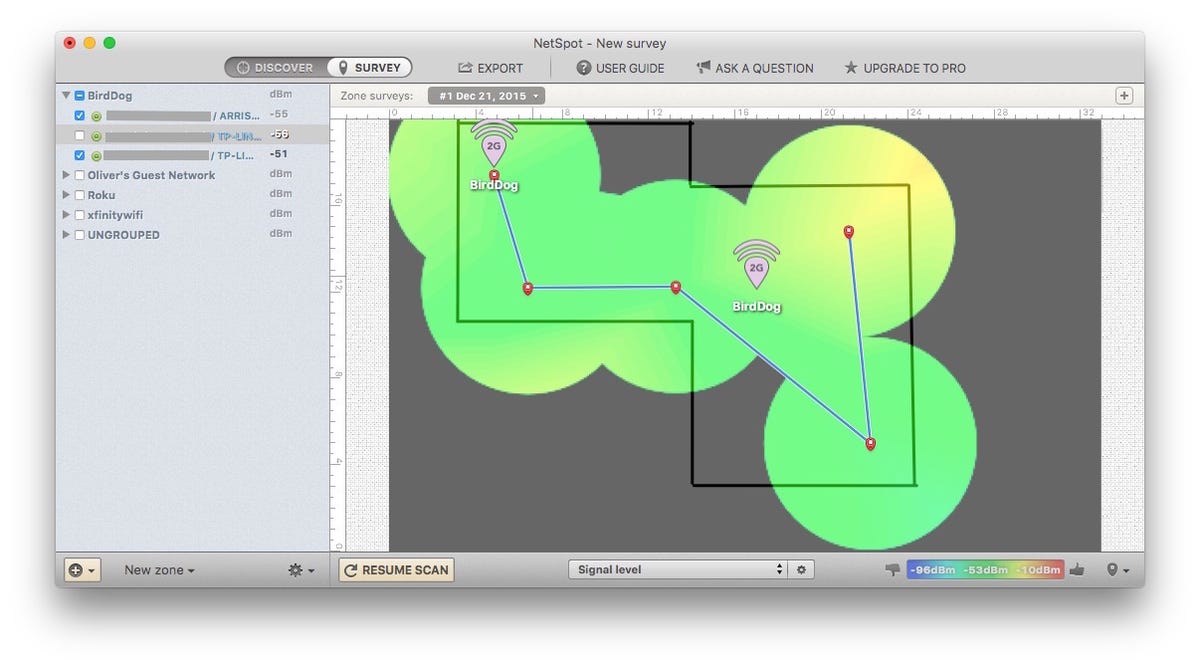Few things are more frustrating than slow Wi-Fi. Especially when it’s March Madness time, you’ve got important basketball games to watch and you’re trying to track how you’re doing with your bracket. Oh, and it’s also a massive headache if you work from home, are trying to install smart home gadgets or just want to unwind with some Netflix at the end of the day. So what can you do if your Wi-Fi always seems to be unstable, regardless of what internet service provider you have or how many devices are connected?
There’s a simple way to optimize your Wi-Fi network that only takes a few minutes. There are a lot of factors that determine internet speeds, and while there are a few tricks or guidelines you can follow to improve the overall wireless speeds and coverage in your home, one of the most crucial factors is the location of your router. And the best place is not always where the technician sets it up.
So whether you’re hosting a March Madness viewing party or watching The Eras Tour (Taylor’s Version) on a loop, keep reading to learn about the best place in your home for your router and other tricks for faster Wi-Fi. You can also check out our picks for the best Wi-Fi 6 routers, the best mesh routers and the best Wi-Fi extenders. (If you have a mesh router, check out our guide for where and how to set that up correctly, too.)
Read more: T-Mobile Home Internet Review
Choose the right router for your space
First things first: It all starts with choosing the right router or other equipment. Not all routers are the same and the size and layout of your home will determine what type of wireless network you need.
For most apartments and smaller homes (under 1,500 square feet), a single wireless access point should suffice. That said, if your router is several years old, you may want to consider upgrading to a newer model with support for 802.11ax, or Wi-Fi 6. That’s the latest generation of Wi-Fi technology, and it’ll give you the fastest wireless speeds possible and the best overall coverage.
For bigger, multilevel homes, it’s worth considering making the upgrade to a mesh network to offer consistent coverage throughout the entire house. Once the main access point is installed, if you find a far corner of your home doesn’t have solid wireless coverage, just add another node to that area. Problem solved.
To learn more, check out our list of the best mesh routers of the year (our top pick is the TP-Link Deco W7200). If you need some additional guidance, consult our router buying guide.
Just remember: Regardless of whether you have a single access point or a mesh network, where you place the primary access point still matters.
OK, so what’s the best place to put your router?

Wi-Fi mapping software like NetSpot can help you visualize the strength of your network, making it easier to address the weak spots.
Map your signal
In worst-case scenario situations, it may prove useful to map out the signal in your home to see where there might be gaps or problems areas in your coverage. Several years ago, we used NetSpot software to map out the signal strength throughout the CNET Smart Home — in the end, we got a great look at the weak spots in our Wi-Fi network, which helped us shore things up by moving our hardware to more optimal locations.
If you’re considering upgrading your router, be sure to check out CNET’s picks for best routers. For homes with children, make sure to explore the parental controls of your router, too.


